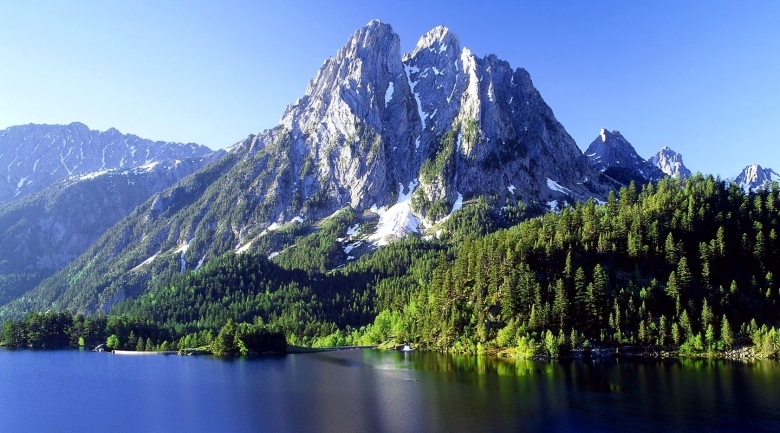
It is exciting to watch our understanding of climate merge in the scientific literature. Right now, many studies are coming out that investigate the slowdown of global temperatures; of problems accounting for all the energy in the Earth’s climate system; and the role of natural and human factors in these questions.
First, let’s establish a few facts. Increases or decreases in temperatures, particularly atmospheric temperatures, are not equivalent to increases or decreases in Earth energy, that is, the Earth can continue to warm whether atmospheric temperatures increase.
Part of the reason for this is that most of the Earth’s extra energy is stored in the oceans which have continued to heat over the past few decades with no cessation or pause.
With respect to the so-called slowdown, we’ve seen studies that show part of the "slowdown" in global atmospheric temperatures is associated with measurement problems. That is, are we measuring the entire globe, in particular the polar regions. Other studies point to internal movements of energy between various parts of the climate as an explanation for recent slowdown in atmospheric temperatures. In fact, this topic was discussed recently by my colleague Dana Nuccitelli.
When you think about it, how would you measure the entire globe temperature? You need to be certain you have enough measurements taken for long enough periods of time to be sure you can identify temperature trends. You have to be mindful of putting sensors in regions where there are artificial impacts to the temperature (such as in cities). You have to measure not only at the Earth surface but throughout the ocean depth and atmosphere height.
How do you handle changes in instrumentation that occur over the many decades? How do you handle biases in temperature sensors? How do you position sufficient sensors across the globe and maintain them over time? These questions reflect the Herculean task facing climate scientists.
